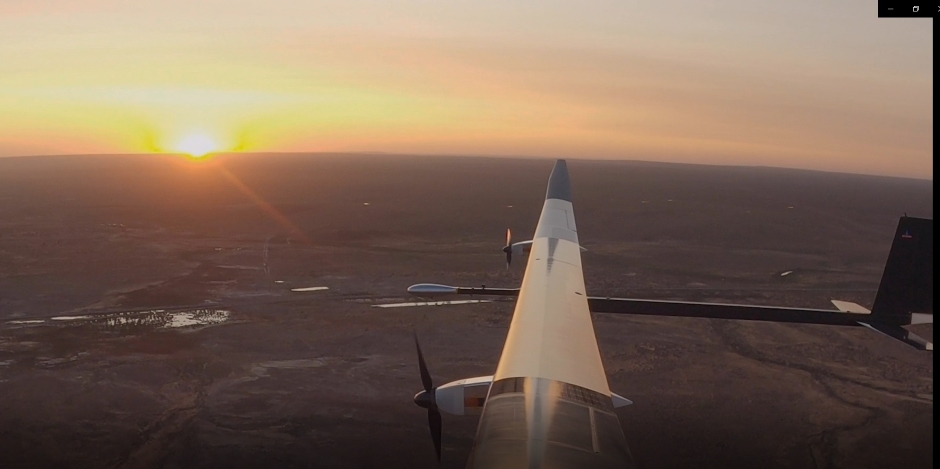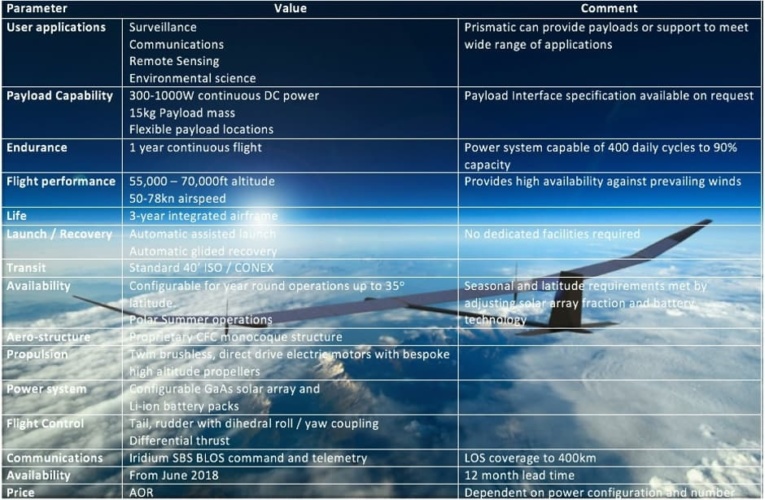
Weighing 150kg and with a 35m wingspan, PHASA-35 has been designed, built and flown in under two years by engineers from BAE Systems and Hants-based Prismatic.
BAE Systems acquires solar drone partner Prismatic
UK engineers enter PHASA-35 of High Altitude, Long Endurance UAV development
Sponsored by the UK’s Defence Science and Technology Laboratory (DSTL) and Australian Defence Science and Technology Group (DSTG), the flight trials took place at the Royal Australian Air Force (RAAF) Woomera Test Range in South Australia.
The trials of the High Altitude Long Endurance (HALE) aircraft marked the first fully integrated flight test of the PHASA-35 system, delivering proof of capability from design to flight in 20 months.
PHASA-35 is designed to provide a persistent, stable platform for monitoring, surveillance, communications and security applications. BAE Systems claim that when the aircraft is connected to other technologies and assets, it will provide customers with capabilities not currently available from existing air and space platforms. The company further claims that PHASA-35 has the potential to be used in the delivery of communications networks, or provide services including disaster relief and border protection at a fraction of the cost of satellites.

“This is an outstanding early result that demonstrates the pace that can be achieved when we bring the best of British capability together,” said Ian Muldowney, Engineering Director for BAE Systems. “To go from design to flight in less than two years shows that we can rise to the challenge the UK government has set industry to deliver a Future Combat Air System within the next decade.”
Further flight trials are scheduled for later this year, with the possibility that the aircraft could enter initial operations with customers within 12 months of the flight trials programme.




Nanogenerator consumes CO2 to generate electricity
Nice to see my my views being backed up by no less a figure than Sabine Hossenfelder https://youtu.be/QoJzs4fA4fo